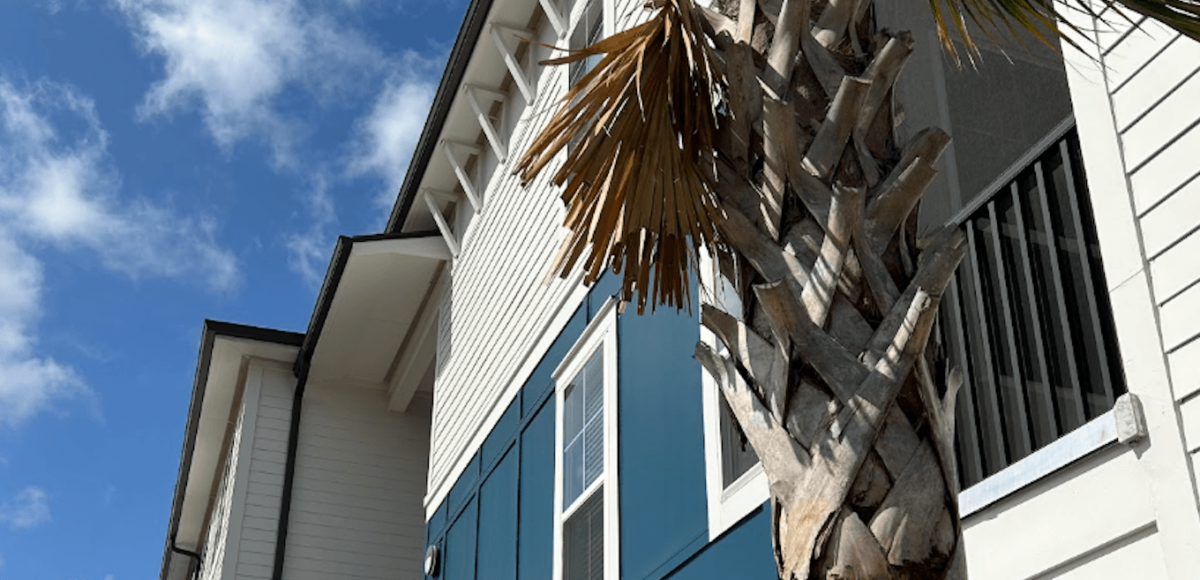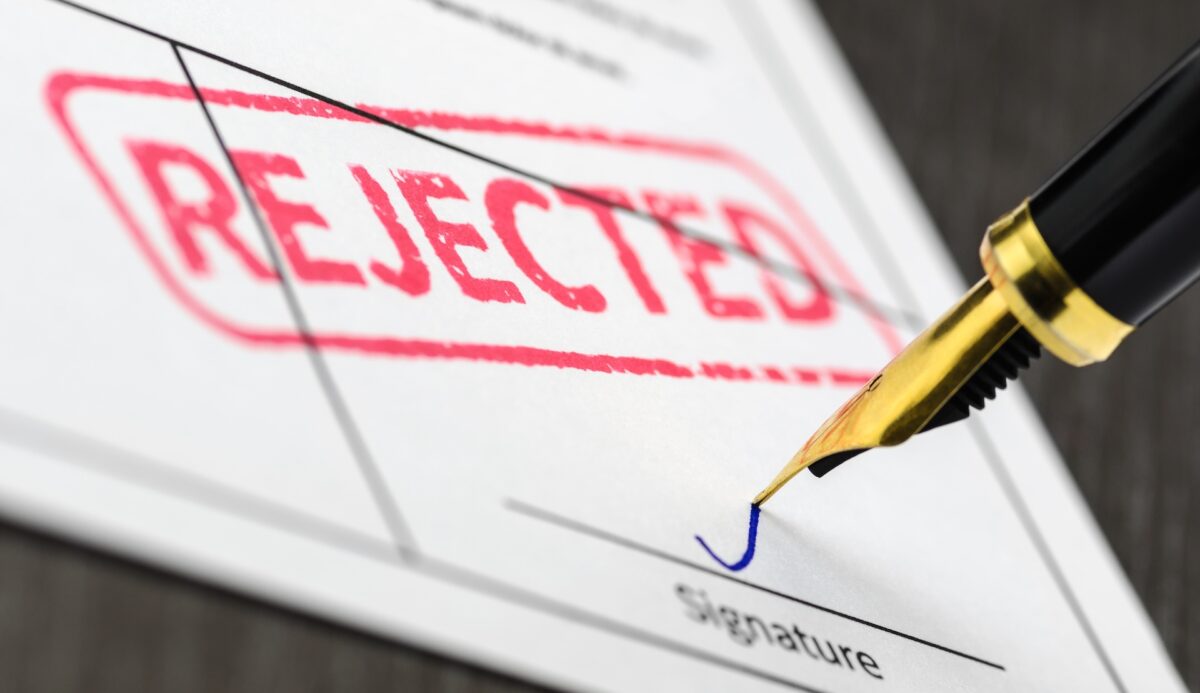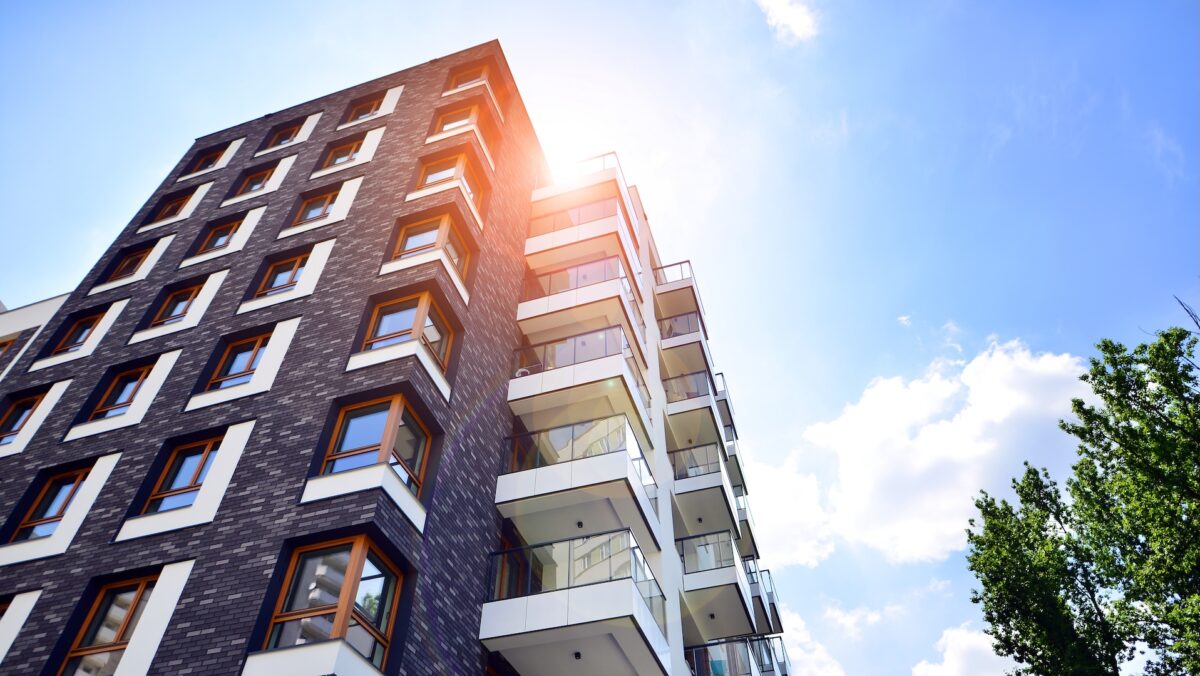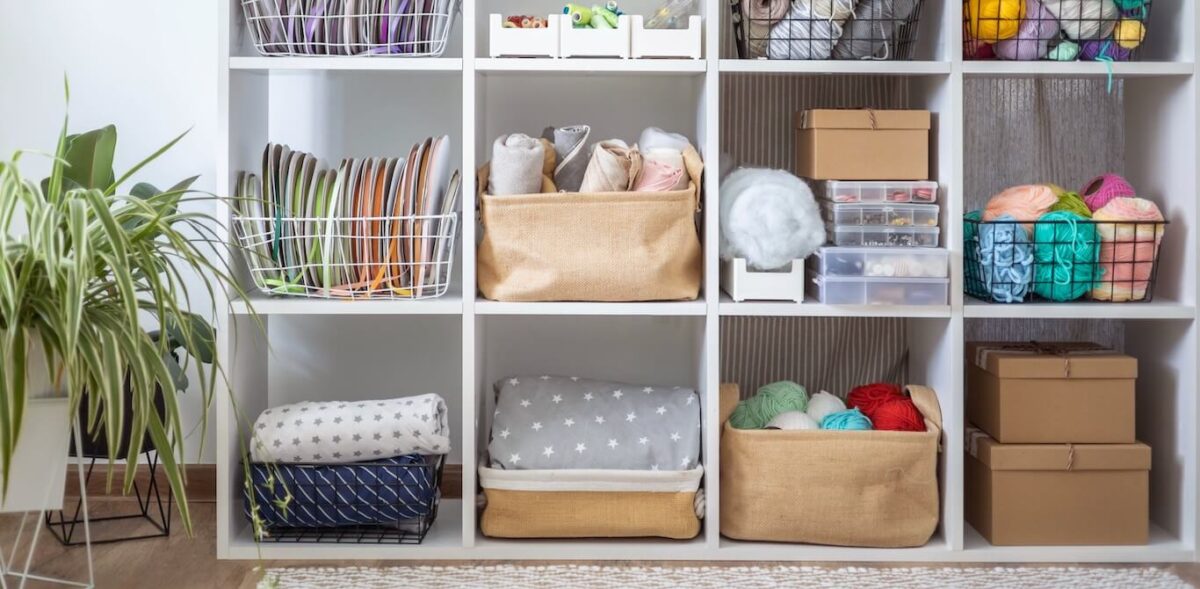You’ve filled out tons of paperwork. You’ve packed your belongings. And you even have a job lined up. But where will you live once you move to the United States? If it’s in an apartment, there are some things that you may need to know.
Every culture has its own etiquette, standard practices, and expectations when it comes to apartment living — and the United States is no different! These tips will help you find a new apartment, know what’s included in your lease, understand some of the unspoken rules your neighbors may expect you to follow, and more.
How to Rent an Apartment in the USA
Where do you look for an apartment in the United States?
When looking for professionally managed properties and apartment buildings in the United States, consider using a tool like ApartmentSearch that narrows your search based on factors such as pet friendliness, specific amenities, and more.
If you’re looking for a privately owned apartment or home, it can be helpful to check social media groups for that specific area to see the most active rental websites. Sites such as Facebook Marketplace and Craigslist are common for homes rented by individual landlords. Watch out for common scams, though. Red flags include individuals unwilling to show the apartment or asking for credit card information immediately.
Remember: If the deal sounds too good to be true, it probably is!
Should you rent from an individual landlord or a management company?
When searching for an apartment in the United States, you’ll be looking at either a professionally run apartment complex or one leased through an individual landlord. Professional management companies tend to be easier to find and often offer online applications and virtual tours. Each apartment is occupied by a renter and usually has maintenance people on staff and other amenities.
Private landlords, on the other hand, are individuals who lease homes or apartments they own. Since they are not backed by a corporation, they may be easier to rent from if you don’t have all the paperwork required by a professional company. Sometimes they are cheaper, but may not be as professional. It’s common for individual landlords to require more money upfront, such as two months’ rent in addition to a security deposit.
How do you apply for an apartment?
Renting through professional management companies can be straightforward, and the applications are typically done online. Depending on the apartment complex, you’ll likely need to provide copies of documents such as your passport, visa, proof of income, and references. You will probably have to pay a security deposit and an application fee.
If approved, you’ll receive a copy of the lease agreement to sign. Read it carefully before signing and ask any questions might have, as it’s a legally binding document. Your lease will outline which utility companies you can use, pet policies, rules for parking, expectations for maintenance, and more.
Individual landlords will each have unique processes. Generally speaking, they will want to run a background check on you and will probably ask for proof that you have a source of income that pays enough to cover your rent (or plenty of money in savings).
The length of your lease can vary from a single month to a year and is typically negotiable. Management companies often charge more for shorter or month-to-month leases and offer a discount if you’re willing to sign a 12-month lease. Make sure you can fulfill your lease term, as it’s standard to charge a hefty penalty for breaking the lease. It’s not unusual for a property owner to charge well over $1,000 to release you from your lease obligations, even if you find a subletter!
Apartment Living Culture Shock in the USA
1. Everything’s bigger…including homes!
From soft drinks to cars, most things are larger in the United States, and that includes apartments. While your standard apartment in Paris may fall below 45 square meters, the average one-bedroom apartment in the United States is closer to 85 square meters — almost double! You may also notice that typical apartments in the United States include full-sized refrigerators, other appliances, and walk-in closets. This is not always true in more densely-populated areas, such as New York City, where small studio apartments are typical.
2. You have to pay for utilities separately.
In most apartment complexes, utilities such as internet and electricity are not included in the rent cost. It’s also usually your responsibility to pay for these services on your own. Some apartments may manage your water usage and add that charge to your rent each month. Check with your management company to see which utility companies service your building, as several options may be available.
3. Your apartment may enforce quiet hours.
Despite the overall friendliness of USA culture, many people expect their neighbors to respect the apartment community’s established quiet hours. In most apartment complexes, this is from 10 or 11 pm to 7 am. Any music, conversations, etc., shouldn’t be audible outside your apartment during these hours.
If you do not obey the quiet hours, your neighbors may complain to you or the property manager or even file a formal noise complaint with the police. They may be more forgiving on the weekend, but your parties shouldn’t overflow into the hallway or parking lot, and your music shouldn’t rattle the walls.
4. You need to think about walkability and public transportation.
When picking your future home, it’s important to consider how car-centric the culture of the United States can be. If you aren’t planning to rent or buy a car while in the United States, you need to research the local public transportation and walkability. It’s reasonable to assume that there is no infrastructure besides driving! Unless you live in the middle of New York City or the downtown area of a major metropolitan, research if you can get to and from work, the grocery store, etc., without a car.
It’s also important to note that the United States doesn’t view cycling the same way as many other regions. Drivers are not often conscious of cyclists and rarely yield to them. Additionally, some roads, such as large highways, prohibit the use of bicycles. Check to see if your new home has bike lanes or, better yet, dedicated bike paths!
5. Your fridge is included, but your bed usually isn’t.
In some countries, especially in parts of Europe, you’re expected to provide everything from furniture to appliances in your apartment. This is not necessarily the case in the United States. You can expect appliances such as refrigerators, microwaves, stoves, and sometimes even laundry machines and dishwashers to be included in your apartment.
Furniture, however, is not typically included unless the listing specifies that the unit comes furnished. Furnished units may vary but typically include a bed, sofa, end tables, and more. Check with your new landlord to see exactly what’s included so that you can supplement with other items if needed.
Unfurnished apartments are more common with professional rental companies. If you’re only staying for a set period of time, consider renting furniture through a service such as CORT instead of buying a whole apartment full of furniture. You can rent an entire apartment’s worth of furniture, down to the linens and silverware, and CORT will pick it up when it’s time to move out.
Make Your Move to the USA with ApartmentSearch!
Moving to another country can take time and effort. From piles of paperwork to learning the nuances of the local culture, there’s a lot to plan and learn. Finding your next apartment doesn’t have to be stressful, though. Explore new apartment communities that meet your budget, size, and amenities requirements with ApartmentSearch’s advanced algorithm. Welcome to your new home!




